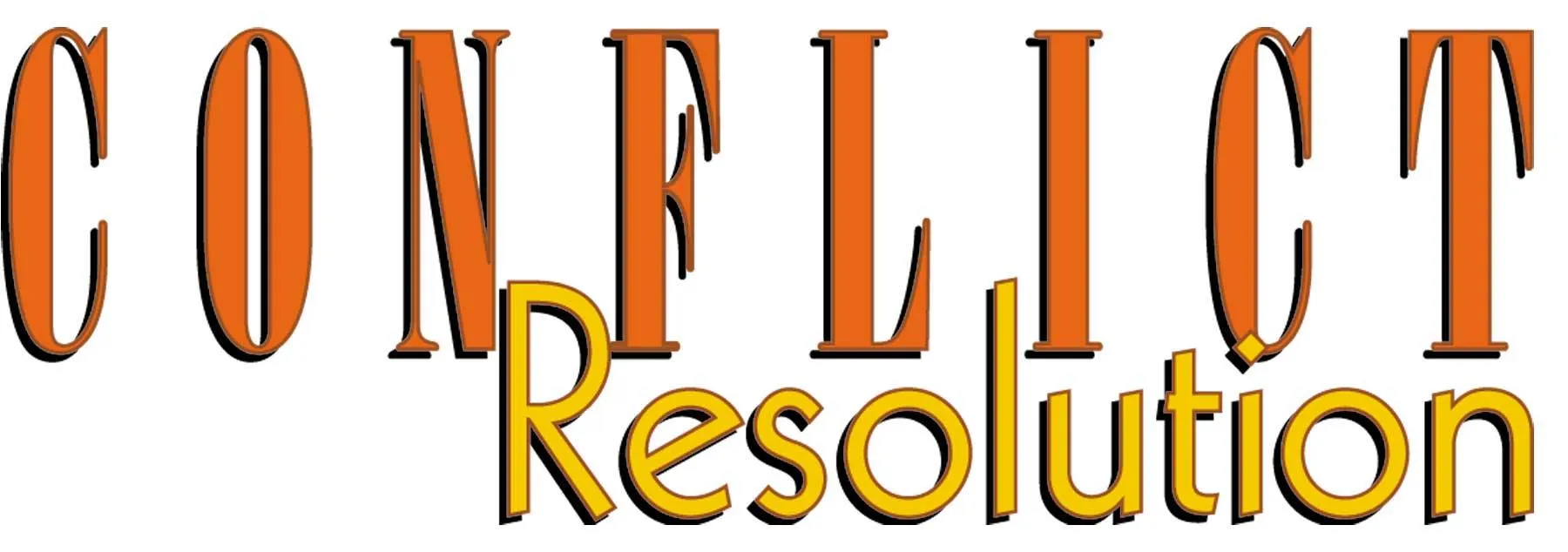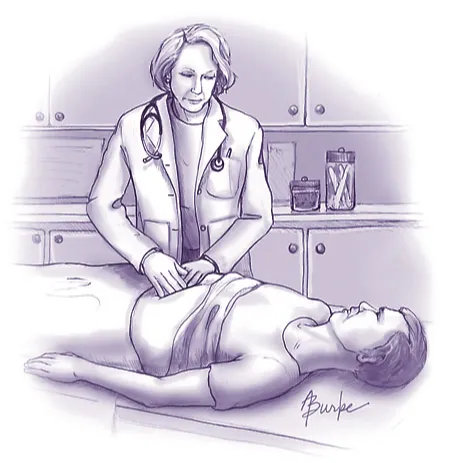Patient Outcomes Journal of Nursing

Applying Current Standards of Wound Care Practice: Improve Patient Outcomes and Save Precious Time
Tags: improvements patient care patient outcomes standard of care wound care
By applying the principles of Moist Wound Healing we can provide patients with excellent wound care while saving precious nursing time and resources.
Read More →
The Effect of Increased Nurse-to-Patient Ratios in Hospitals and Skilled Nursing Facilities Related to Patient Falls and Pressure Injuries
Tags: acute care falls Nurse-to-Patient Ratios Patient Falls patient outcomes Pressure Injuries work environment
There has long been a debate between healthcare administration, politicians, payers and nurses on the issue of safe staffing and the effect of nurse-to-patient ratios in hospitals and Skilled Nursing Facilities (SNF). The purpose of this paper is to review research articles related to the effect of nurse-to-patient ratios at hospitals and SNFs on the fall rate and pressure injury rate of patients. It is the hypothesis of this paper that there will be a positive effect for patients related to the improved nursing ratios. Upon reviewing five solid research articles, as listed in the later part of this paper, the hypothesis is supported by solid evidence that both pressure injuries and fall rates of patients in the hospitals and SNF settings are directly improved by increased nurse staffing. The recommendation made from this review is that states improve regulations for hospitals and SNFs to increase and maintain adequate nurse staffing as it has a direct positive effect on patient outcomes.
Read More →
Magnet Recognition: Is the Designation worth the Journey?
Tags: designation hospitals magnet recognition patient outcomes
Currently, only eight percent of hospitals nationwide hold the title of Magnet Recognition (AHA, Fast Facts on US Hospitals, 2019) and even less receive consecutive designations. Eight percent is a marginally small number, especially when it comes to credentialing hospitals as havens for quality patient outcomes and centers of nursing excellence. The process of becoming a Magnet designated hospital is complex and grueling; requiring submissions of data, site visits, and taxes hospital resources in doing so. What then is this rare designation, and how does it improve both patient outcomes and nursing quality? Ultimately, does the designation provide benefit to those who obtain it?
Read More →
Nursing Speciality Certification
Tags: certification future of nursing healthcare system nurse patient outcomes profession professional rn
The benefits of nurse certifications for the nurse, hospital and patient.
Read More →
Increasing demands on nurses and the role of the nurse educator: Developing nursing competencies
Tags: Competency Nurse Education Nurse Educator patient care patient outcomes patient safety performance
Increasing demands of todays healthcare environment poses many challenges for nurses providing care at the bedside. Nurse educators are in a position to develop nursing competencies that support nurses and assist them in the provision of safe, quality patient care.
Read More →
Literature Review: Safe Nurse Staffing
Tags: Competent Care float nurse float pool Floating floating nurse health ICU medication errors nurse Nurse and Burnout nursing ethics patient outcomes performance retention Staffing Issues stress Stress among Nurses work environment
The purpose of this literature review is to exam nurse staffing and staffing related issue and its impact on the healthcare world. Safe nurse staffing poses substantial issues at the clinical level including its tremendous impact on patient mortality, patient satisfaction, increased incidence of medical errors, and nurse dissatisfaction and burnout.
Read More →
Acute Renal Failure
Tags: acute renal failure Case Study critical care health care nurse patient concern patient outcomes
Acute renal failure (ARF) has become increasingly common in patients with critical illnesses. Up to two-thirds of intensive care unit (ICU) patients develop ARF with the leading cause being sepsis. Treatment of ARF has been associated with higher costs and the following adverse outcomes: increased length of stay, excess mortality of 30-71%, need for chronic dialysis in the patients who survive, and the requirement of discharge to short-term or long-term care facilities.
Read More →
Detour Off The Sepsis Road: Early Recognition is Key
Tags: advocacy Case Study death early recognition end of life health care ICU ICU Nurse patient outcomes Rapid Response RN RRT Nurse sepsis
At present, the US reports approximately 750,000 cases of sepsis a year and estimates 1 million cases by 2020 With a mortality rate of 30%, an estimated 250,000 annual deaths, and hospital costs exceeding $16 billion, sepsis has become a burden. It is imperative to increase the awareness and early recognition of sepsis.
Read More →
Are New Graduate Nurses Being Taught About the Importance of Nursing Rounds?
Tags: graduates health care new graduate nurses nursing rounds patient outcomes practice
This study helps to determine if new graduate nurses have any knowledge about nursing rounds and if they are using nursing rounds as a way to organize their practice.
Read More →
Nursing Students Readying to Save Lives
Tags: active learning care health myocardial infarction nursing patient outcomes simulation students teaching
Recognizing the findings in a patient with an impending myocardial infarction (MI) and intervening appropriately is essential for healthcare providers in improving patient outcomes.
Read More →Get Published for Free
Browse by Tag
advocate aging anesthesia behavior cardiac care Case Study child children clinical compassion COVID-19 critical care death diabetes disease education emergency department end of life ethical principles ethical values ethics future of nursing health health care ICU medication mental health nurse Nurse Education nursing nursing education nursing ethics nursing faculty nursing school nursing students PACU patient care patient outcomes patient safety pediatric poem profession risk factors stress student nurse students teaching therapy treatment
Most Popular Last Month
More from RN Journal
Not Just Another Day
The Vagina :Bringing the Vagina Back to Life After Menopause Non-Hormonal Treatment Approaches for Atrophic Vaginitis and Chronic UTIs in Estrogen-Restricted Women In honor of the women who have suffered in silence
More Than Evidence: How Experience and Reflection Shape My Epistemological Stance in Nursing
I Will Not Die But Live!
Prolonged Grief, Loneliness and Depression
Managing behavior in children with ASD
Applying Current Standards of Wound Care Practice: Improve Patient Outcomes and Save Precious Time
UN Noticed
Patients First









